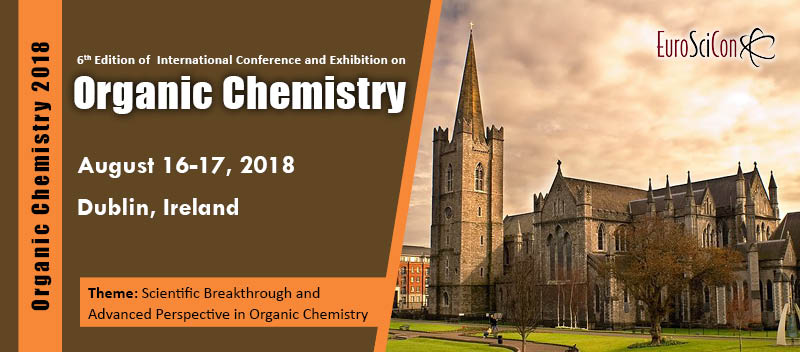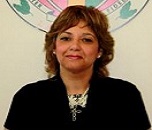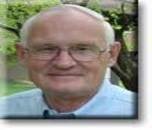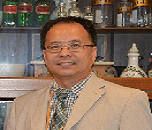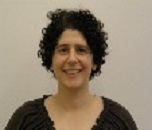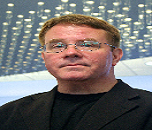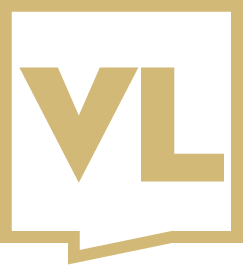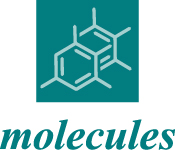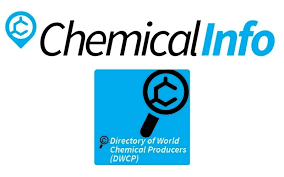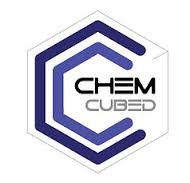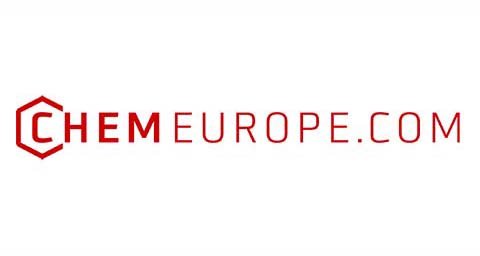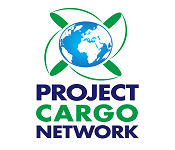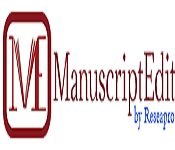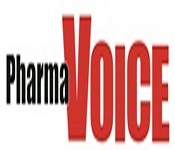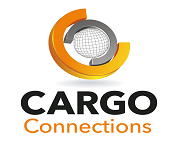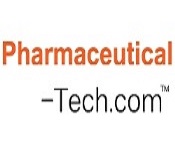Organic Chemistry 2018
ABOUT CONFERENCE
About the Conference
EuroSciCon are glad to welcome all the participants to “6th Edition of International Conference on Organic chemistry” schedule on 16th-17th of August 2018 in Dublin, Ireland. The conference aims to bring the participants from all over the world to share their emerging ideas and interest in organic chemistry.
The main theme of the Organic chemistry 2018 is “Scientific Breakthrough and Advanced Perspective in Organic Chemistry”. Organic chemistry is a field of science in which chemists study the structure, properties, composition, reactions to create new molecules and explore the properties of existing compounds. The conference covers the wide range of expertise in the field of chemistry encouraging researchers for presentation, communication and discussion of research results carried out in academia and industry.
The conference will cover the cross disciplinary topics like: New Synthetic Methods, Advances in Organometallic Catalysis, Medicinal and Bioorganic Chemistry, Organic Chemistry and Cancer, Domino Reactions, Organic Process Research and Development, New Reaction Technologies, Stereochemistry, Computational advances in Organic Chemistry.
Target Audience for Organic chemistry 2018
The conference welcomes all the Eminent leaders of chemistry and Professors to share their experiences, we are open for all the scientists from all over the globe with their new findings. We encourage young researchers, students to participate and share their ideas at the conference. We are also honor to welcome Directors, VP, Head of technology from industries, R&D Analytical Chemist, Life Sciences Specialist, and Exhibitors are also welcoming to exhibit their projects and products.
About City
Ireland is an island in the North Atlantic. It is the third-largest island in Europe, and the twentieth-largest on Earth. The current population of Ireland is 4.773 million. Dublin is the capital and largest city of Ireland.
Dublin experiences a maritime climate with cool summers, mild winters, and a lack of temperature extremes. The average maximum January temperature is 8.8 °C (48 °F), while the average maximum July temperature is 20.2 °C (68 °F). July and August are the warmest months of the year in Ireland.
Places to visit in Dublin:
1. Dublin Castle
2. Carrick-on-Shannon
3. The Cliffs of Moher
4. Blarney Castle
5. Kilkenny City
6. Loch Ness
7. Giant's Causeway
SESSIONS/TRACKS


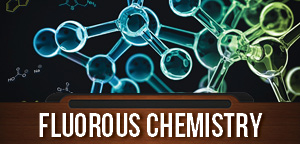
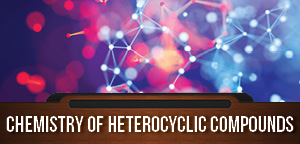
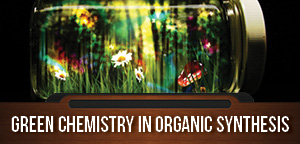
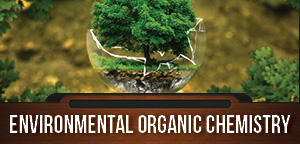

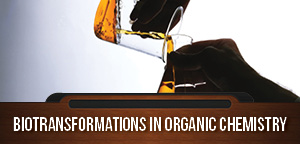

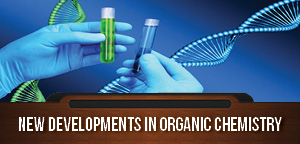
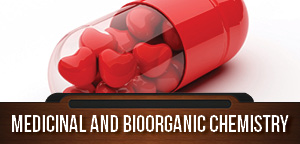
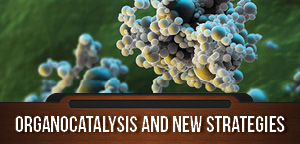

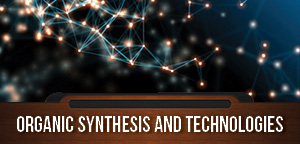
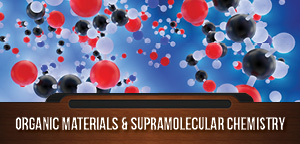
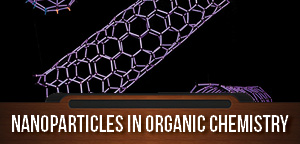
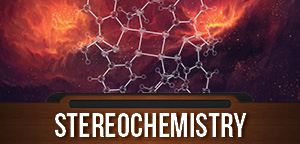
MARKET ANALYSIS
Market Analysis Report
The European chemical industry is a €673 billion industry and the world’s top exporter and importer of chemicals, with a record €43.5 billion trade surplus in 2014. The European chemical industry currently comprises approximately 29,000 companies, employing roughly 1.2 million people directly and a further 3-4 million people indirectly, generating a turnover of over €500bn and net exports of nearly €50bn. In 2015 world chemicals turnover was valued at €3.53billion. the EU chemical industry ranks second, along with the US in total sales. When including both the EU and non-EU countries in europe, total sales reached €615 billion in 2015 or 17.5% of world chemical sales. It is predicted that the annual growth rate for the industry from 2014 to 2019 is 2.5% taking the overall market worth to over €854.5 by the end of 2019. The UK market has a forecasted growth of 2.6%, taking it to $85.5 billion by 2019. The strongest chemical market in Europe is the German market, with a 22.8% contribution to the industry value, followed by the Italian chemical market, worth 11.9% and the French market, standing at 11.8%.
Learn More
Top Chemistry Universities | Organic Chemistry Conferences
University of California | EuroSciCon | Organic Chemistry Conferences | Harvard University | Organic Synthesis Conferences | Stanford University | European Organic Chemistry Conferences| California Institute of Technology| Organic Chemistry Conferences | North-western University| Massachusetts Institute of Technology| Organic Chemistry Conferences | EuroSciCon Conferences | Cambridge University| Organic Chemistry Conferences |European Organic Chemistry Conferences | Swiss Federal Institute of Technology | Kyoto University| Organic Chemistry Conferences | University of Pennsylvania| University of California| Organic Chemistry Conferences | European Organic Chemistry Conferences | Yale University| University of California| Technical University| Organic Chemistry Conferences | Cornell University | Organic Synthesis Conferences | Columbia University| University of Oxford| Organic Chemistry Conferences | University of California| University of Strasbourg| |Purdue University| EuroSciCon Conferences | Rice University| Organic Chemistry Conferences | University of Toronto| Swiss Federal Institute of Technology| University of Tokyo| Organic Chemistry Conferences | University of Texas at Austin| Georgia Institute of Technology | European Organic Chemistry Conferences | University of Michigan| Organic Chemistry Conferences | University of Minnesota | Peking University| European Organic Chemistry Conferences| University of Weurzburg| University of Illinois at Urbana| University of Colorado| Organic Chemistry Conferences | Tohoku University| King Abdulaziz University| University of Florida| Zhejiang University| Organic Chemistry Conferences | Osaka University| Texas A&M University| Organic Synthesis Conferences | Weizmann Institute of Science| University of California| Organic Chemistry Conferences | University of Wisconsin| European Organic Chemistry Conferences | Monash University | University of Chicago| Organic Chemistry Conferences | University of Southern California| European Organic Chemistry Conferences | University of Muenster| Tokyo Institute of Technology | Organic Synthesis Conferences | The Imperial College of Science | EuroSciCon | Nagoya University| Organic Chemistry Conferences




